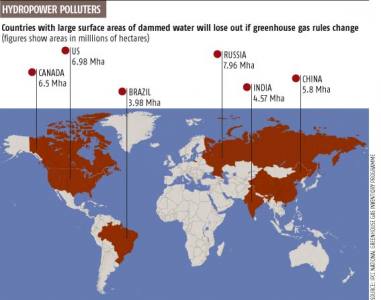Sigurdur R. Gislason, Eric H. Oelkers, and Árni Snorrason
Geological Society of America
Volume 34, Issue 1 (January 2006)
Article: pp. 49–52
Volume 34, Issue 1 (January 2006)
Article: pp. 49–52
Abstract:
1. Institute of Earth Science, University of Iceland, Sturlugata 7, 101 Reykjavík, Iceland, 2. Géochimie et Biogéochimie Experimentale—LMTG/Université Paul Sabatier, 14 rue Edouard Belin, 31400 Toulouse, France, 3. National Energy Authority, Grensásvegi 9, 108 Reykjavík, Iceland
The reaction of Ca derived from silicate weathering with CO2 in the world’s oceans to form carbonate minerals is a critical step in long-term climate moderation. Ca is delivered to the oceans primarily via rivers, where it is transported either as dissolved species or within suspended material. The relative importance for climate moderation of riverine dissolved Ca vs. suspended Ca transport stems from the total Ca flux and its climate dependence. Data in the literature suggest that, within uncertainty, global riverine dissolved Ca flux is equal to suspended material Ca flux. To determine how these fluxes depend on temperature and rainfall, a 40 yr field study was performed on 4 catchments in northeastern Iceland: Jökulsá á Fjöllum at Grímsstadir, Jökulsá á Dal at Brú, Jökulsá á Dal at Hjardarhagi, and Jökulsá í Fljótsdal at Hóll. Suspended material Ca flux depends more on seasonal and annual temperatures and rainfall variation than does dissolved Ca flux in all four catchments. For example, the average difference between the annual maximum and minimum daily suspended Ca flux for the Jökulsá á Dal at Brú is four orders of magnitude, whereas the difference for dissolved Ca flux is only approximately one order of magnitude. Similarly, the annual dissolved Ca flux for this river varies by a factor of 2.6, whereas its annual suspended Ca flux varies by a factor of 7.1. Because suspended material Ca flux is more dependent on climate, it provides a stronger negative feedback for stabilizing Earth’s temperature through the greenhouse effect. Read More
Jaap Krater

